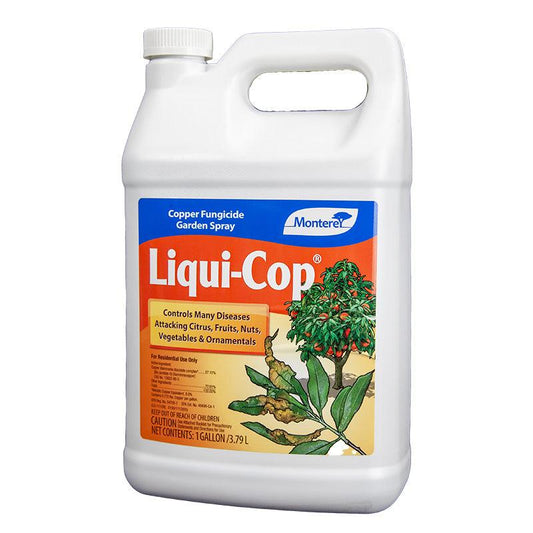Fire Blight Is A Common Disease for Plants
Fire blight, caused by the bacteria Erwinia amylovora, is a common disease that affects apple and pear trees. To help manage this disease, two predictive models have been developed: the CougarBlight Model and the Maryblyt Model. These tools assess the risk of fire blight infections based on weather conditions and tree blooming stages, making them valuable resources for gardeners and orchard managers alike.
The CougarBlight Model
The CougarBlight Model was specifically developed for Washington state and is currently in version 5.1. It focuses on temperature patterns during spring and early summer when flowers are open and most susceptible to infections. The model is available at the Washington State University Extension site, which includes charts and graphs that illustrate the relationship between temperature, moisture, and bacterial growth.
For an infection to occur, a specific combination of conditions—appropriate temperature, moisture, and blooming stage—must align. The CougarBlight Model helps identify high-risk periods, allowing orchard managers to take proactive measures to prevent outbreaks.
Pest Control Sprays
The Maryblyt Model
The Maryblyt Model is another predictive tool used for managing fire blight in apples and pears. Developed for various regions, it predicts when infections are likely to occur based on temperature and tree phenology. The model also considers factors such as bloom dates and wetness duration to estimate infection risk.
The University of California Integrated Pest Management site provides a detailed summary of the Maryblyt Model and how to use it effectively. This resource also compares both models and offers guidance on integrating them into a comprehensive fire blight management plan.
Proactive Fire Blight Management
Fire blight management begins with understanding the conditions that encourage bacterial growth and infection. By using prediction models like CougarBlight and Maryblyt, you can monitor high-risk periods and take preventive measures, such as applying pest control sprays or pruning infected branches.
For a detailed guide on managing fire blight organically, check out our blog post: Controlling Fire Blight Organically. This resource explains how to identify fire blight symptoms and provides step-by-step instructions for organic treatment methods.
Why Early Management Matters
Managing fire blight early is critical to minimizing its spread. Once the bacteria infects a tree, it can quickly move through the blossoms, twigs, and branches, potentially killing the tree. Regularly inspect your apple and pear trees for signs of fire blight, such as blackened blossoms and "shepherd's crook" twigs.
Proactive measures, such as monitoring weather conditions with prediction models and using pest control sprays during high-risk periods, can help you protect your orchard and garden from this damaging disease.
Manage the infection early and don't wait!



